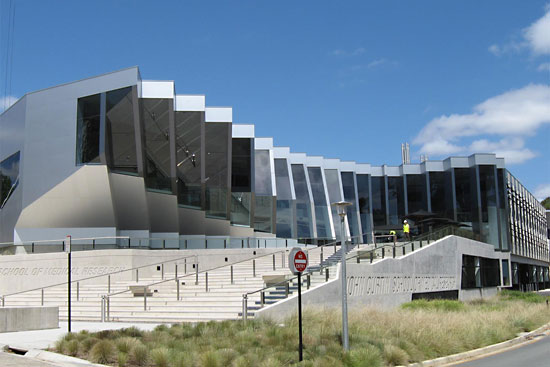ANU: “Serious threat” of fugitive emissions with hydrogen plan
Developing a new, large-scale, low-emissions hydrogen industry based on natural gas undermines these efforts and ignores the dangers that fugitive emissions pose to our environment.
Australia’s plans to produce hydrogen using fossil fuels carries significant risks and could create an industry that leads to an increase in greenhouse gas emissions, researchers from The Australian National University (ANU) warn.
“Australia’s hydrogen strategy doesn’t make a distinction between green and blue hydrogen; what the strategy discusses is clean hydrogen,” Dr Thomas Longden, from the ANU Crawford School of Public Policy, said.
Green hydrogen refers to hydrogen made by renewable energy-driven electrolysis, while blue hydrogen is made from natural gas with carbon capture and storage (CCS) technologies.
“By using the term ‘clean’ hydrogen for both renewable-based and natural gas-based hydrogen, the danger is that we could establish a hydrogen industry that actually leads to an increase in emissions,” Dr Longden said.
“Mature CCS technologies could avoid between 50 and 90 per cent of the emissions, but they are expensive, and become more expensive as the capture rate increases.”
New ANU research, published in Applied Energy, suggests emissions from fossil fuel-based hydrogen production could be “substantial” even with CCS technology.
“Our work highlights that large investment in fossil fuel-based hydrogen with CCS could be risky, locking in a new fossil fuel industry with significant emissions, and one that is likely to be out-competed by renewable technologies in the future,” study co-author Dr Fiona Beck, from the ANU School of Engineering, said.
In the research paper, Dr Beck and her co-authors highlight the need for countries to consider the impacts of fugitive emissions, which is a potent greenhouse gas.
“Hydrogen made from natural gas leads to more fugitive emissions – methane that is leaked into the environment during the extraction and processing of natural gas – compared to just burning natural gas directly,” she said.
“Including CCS in the process actually increases fugitive emissions further, as more natural gas is needed to fuel the process.”
More than 100 countries have signed up to the Global Methane Pledge to cut methane emissions by 30 per cent on 2020 levels by 2030, a plan outlined at COP26. Australia is not one of them.
“We need to rapidly reduce methane emissions to have a chance of limiting global warming to below 1.5 degrees Celsius,” Dr Beck said.
“Fugitive emissions are the second largest source of methane pollution and rates are rising due to the expansion of unconventional natural gas production that uses fracking.
“Developing a new, large-scale, low-emissions hydrogen industry based on natural gas undermines these efforts and ignores the dangers that fugitive emissions pose to our environment.”
According to Dr Longden, fugitive emissions are rarely discussed in national and international hydrogen plans and are absent in Australia’s National Hydrogen Strategy.
“High capture rates above 90 per cent are needed for natural gas-based hydrogen to be considered low-carbon,” Dr Longden said.
“But carbon capture technologies can’t prevent fugitive methane emissions from being released into the atmosphere, so even if CCS becomes a feasible option, the use of natural gas will still release a potent greenhouse gas.
“In addition, electrolysis with renewable energy could become cheaper than fossil fuels with CCS.
“CCS is an expensive option for emissions reduction with most estimates for the cost of carbon capture being above $82 per tonne of carbon dioxide (CO2). These estimates increase to about $109 per tonne of CO2 for high capture rates.”

